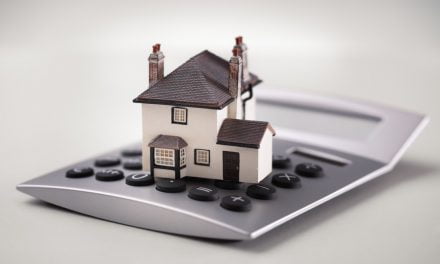The federal Neighborhood Stabilization Program is on a course that will see it added to the list of unsuccessful government housing initiatives, according to a recent report from the Department of Housing and Urban Development (HUD).
The Neighborhood Stabilization Program was put into place one year ago, and allocated $4 billion to approximately 300 local governments to be used to purchase and redevelop abandoned and foreclosed properties. However, HUD reports that less than half of the allocated funds have been used so far. The failure to use the federal funds is attributed to strict government regulations on their use and an inability among local governments to compete with flippers and investors (and homebuyers) in purchasing homes that have been through foreclosure. When the Stabilization Program expires in September, many of the funds will remain unspent.
first tuesday take: The Neighborhood Stabilization Program has failed thus far, and will continue to do so because it deserves to fail. It is no surprise that the federal dollars granted by the program have been unable to spur spending by local governments. This money comes with restrictions, including a requirement that it can only be used to purchase property at a price of up to 1% less than the property’s appraised value; a value which is based, at best, on the past month’s sales prices, and at worst remains unadjusted for any trend in pricing declines.
Instead of allowing local governments to stabilize housing costs, this program puts them into direct competition with predatory short-term flippers (and long-term income-property investors), without equipping them to beat the flippers at their game. Local governments are thus encouraged to artificially raise the price of properties—by bidding against speculators—without first allowing those properties to be available to the ones who will do the most to help the community as a whole: homebuyers who intend to use the homes as their principal residences.
If local governments want to rehabilitate blighted property and enforce the standards of cleanliness and maintenance required to uphold neighborhood property values, they have a simpler and more direct solution available to them. Local governments can simply fix up the property and perform yard maintenance themselves by enforcing residential ordinances, and add the costs of repair and maintenance to the property’s tax bill for payment by the current or future owner. The property’s value is maintained at neighborhood standards by the city, the owner is encouraged to sell and the local government takes no loss. [For more on the Neighborhood Stabilization Program, see first tuesday’s March 2009 article, the American Recovery and Reinvestment Act.]
Re: “Deadline Looms to Use Federal Foreclosure Money” from The San Diego Union Tribune



















Of course this program does not work! Every program that comes out of the OBAMA ADMINISTRATION is purposely designed to FAIL! It is called MARXISM!
History is REPEATING ITSELF!
The GREAT DEPRESSION was caused, not by PRESIDENT HOOVER, but by ALL OF THE TAX INCREASES that F.D.R. Passed with his SOCIALISTIC PROGRAMS!
When President Hoover left office in 1932, the nation’s unemployment rate was 15% and ONCE President ROOSEVELT became PRESIDENT in 1933 and passed the LARGEST TAX INCREASE in HISTORY (up to that point), UNEMPLOYMENT JUMPED TO 25% where it stayed until WORLD WAR III!
AT the peak of the GREAT DEPRESSION, unemployment reached 35,000,000 and today, we are at 30,000,000 and CLIMBING! Next year, according to the HERITAGE FOUNDATION, the UNEMPLOYMENT RATE could increase by at LEAST 10,000,000 between the 4th quarter of this year and the FIRST QUARTER of NEXT YEAR! On December 31, 2010, there will be a $1.4TRILLION increase in NEW TAXES caused from the ENDING OF THE BUSH TAX CUTS! Plus, begining on JANUARY 1, 2011, there will be an additional 896,000,000,000 in NEW TAXES from the OBAMA ADMINISTRATION!
The overall economy is moving towards a very long period of STAGFLATION and there is a VERY GOOD CHANCE that the OVERALL INFLATION RATE could reach 20% over the NEXT 5 years because of what the OBAMA ADMINISTRATION IS DOING TO THE ECONOMY!
Well put…
A guide to the pros and pitfalls of the Neighborhood Stabilization Program was published last week. I will ad some states navigated the pitfalls of the program well and used the funds quickly,while others didn’t see i HUD’s oversights coming and failed miserable.
Check out the guide; The Mortgage Coach: A Guide to the Neighborhood Stabilization Program on Amazon.comor download instantly at Smashwords.com.
The guide is updated for the April 2010 changes in HUD’s guidelines.
hollyaa@Q.com